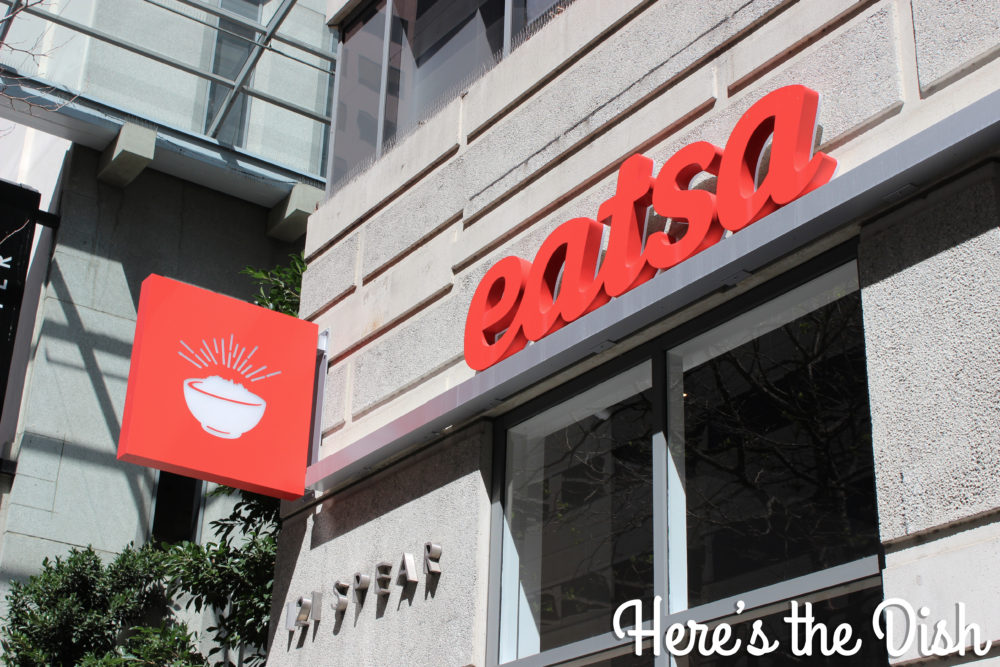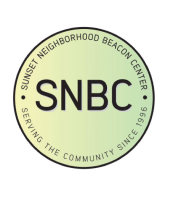There were no workers in sight. The room was silent, so much that you could hear the whistling of the calm wind. Just kidding. The restaurant was bustling with purposeful movement and a loud thunder of chatter from the customers. However, there actually were no employees in the restaurant: just iPads and LED cubbies.
This technologically monumental restaurant is called Eatsa. To generalize from my previous post, this recently opened store has revolutionized a new way of fast food, but in a fresh and healthy form. When you order the food, you first need to swipe your credit or debit card through the iPad (no cash allowed!), then choose from the menu and customize the components if you want. All the meals are vegetarian and quinoa-based, so the bowls are relatively affordable and all are of the same price. Afterwards, you check your name on the screen of everyone whose order is being prepared in chronological order. Once the order is complete, your name appears on the LED screen and you open the cubby by tapping on it. Innovative!
The Decor:
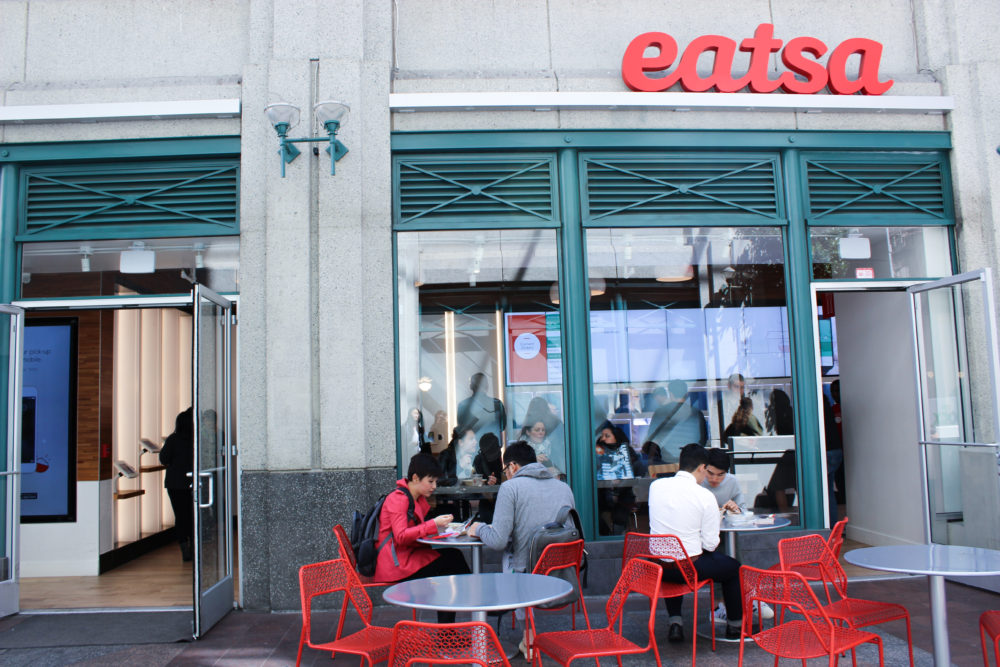
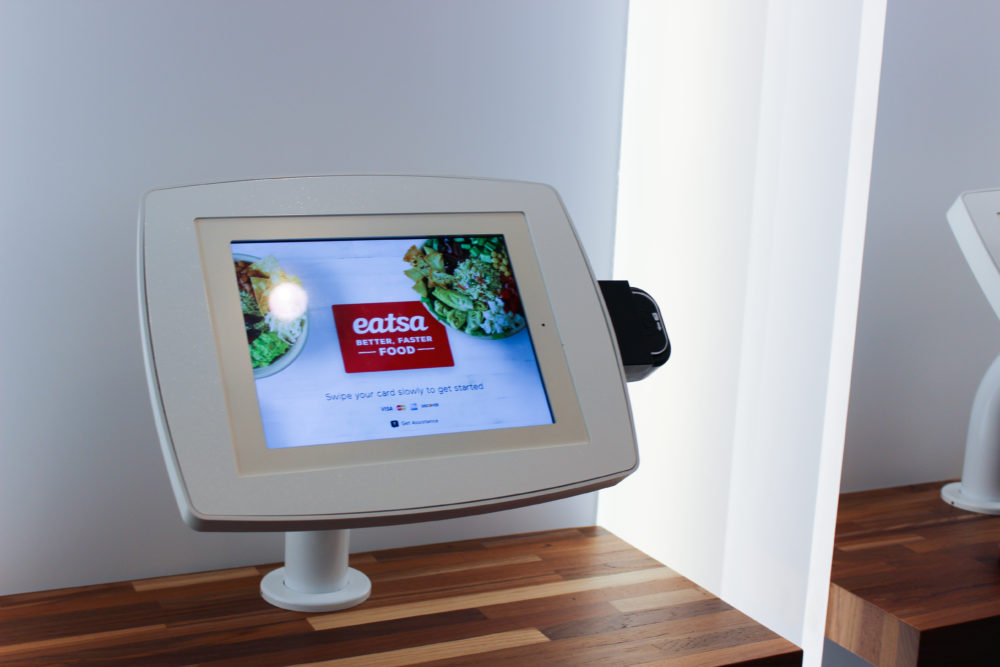
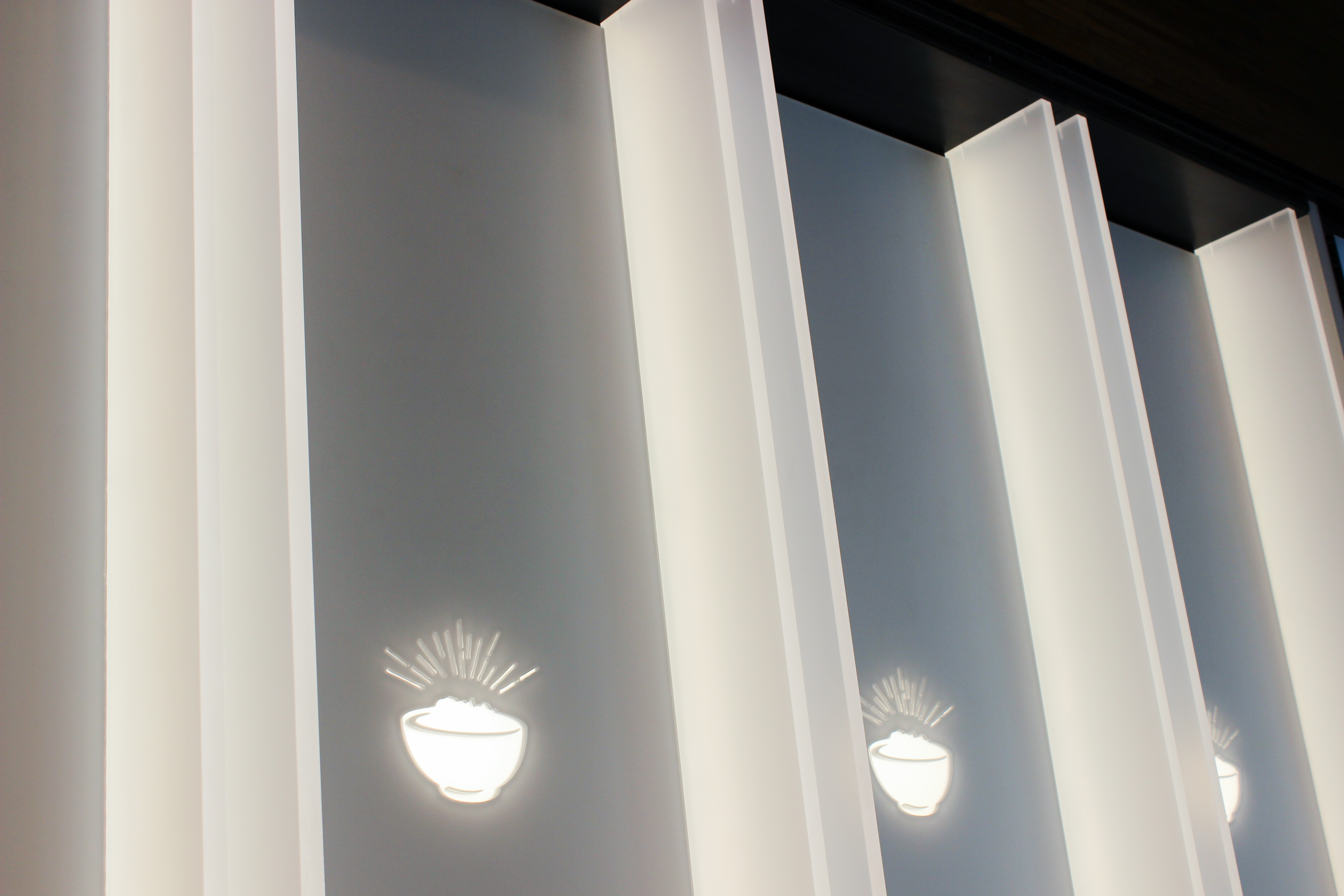
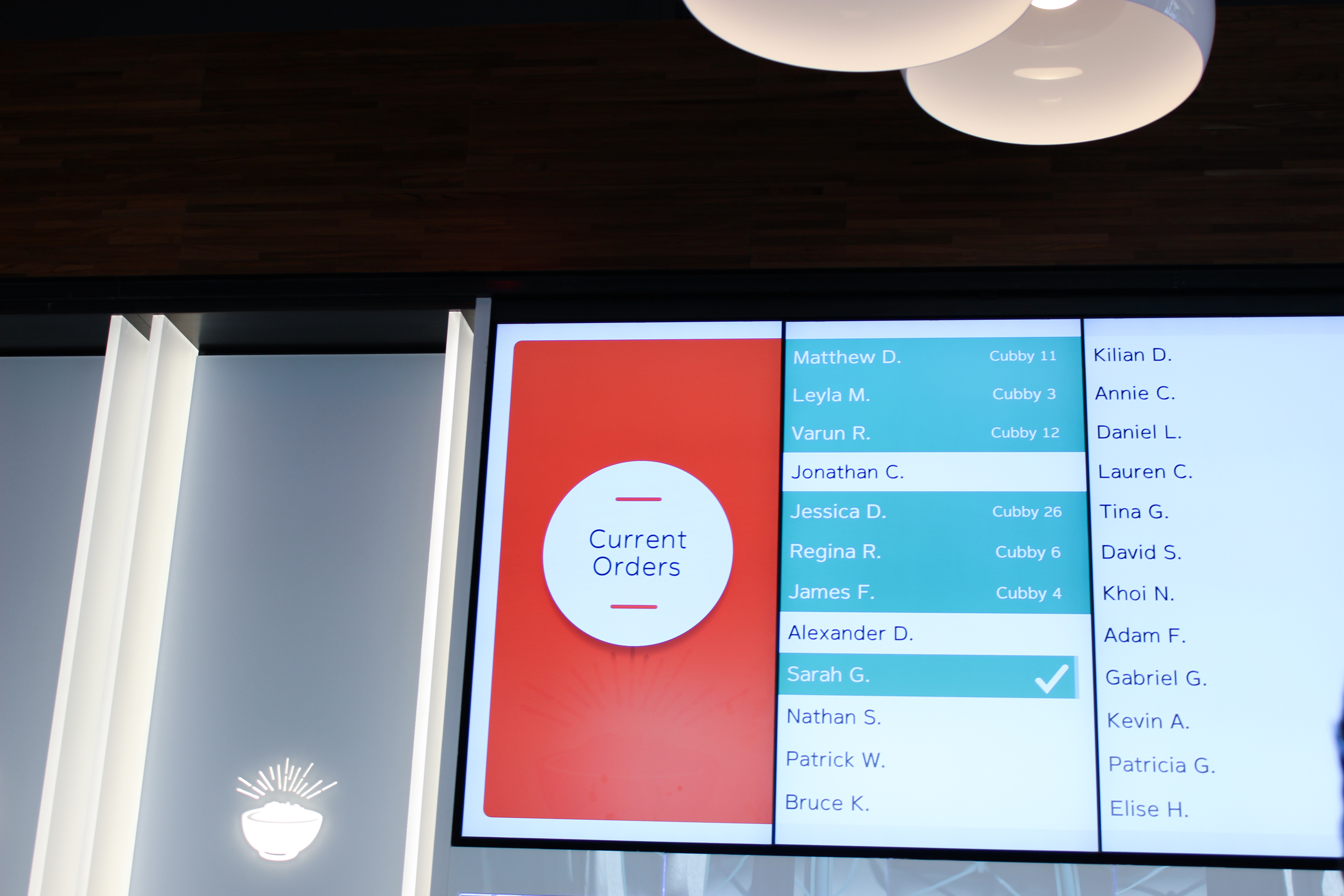
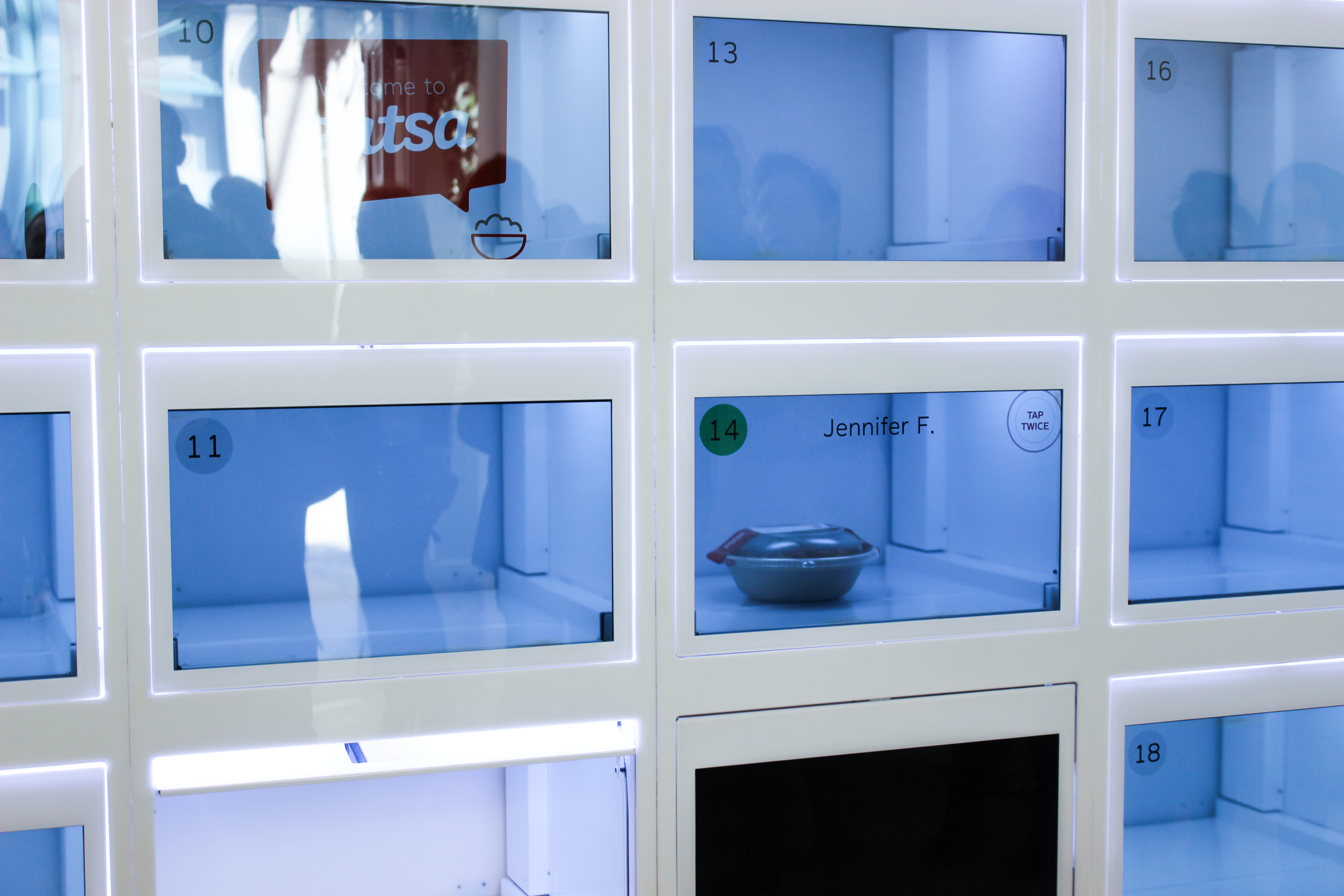
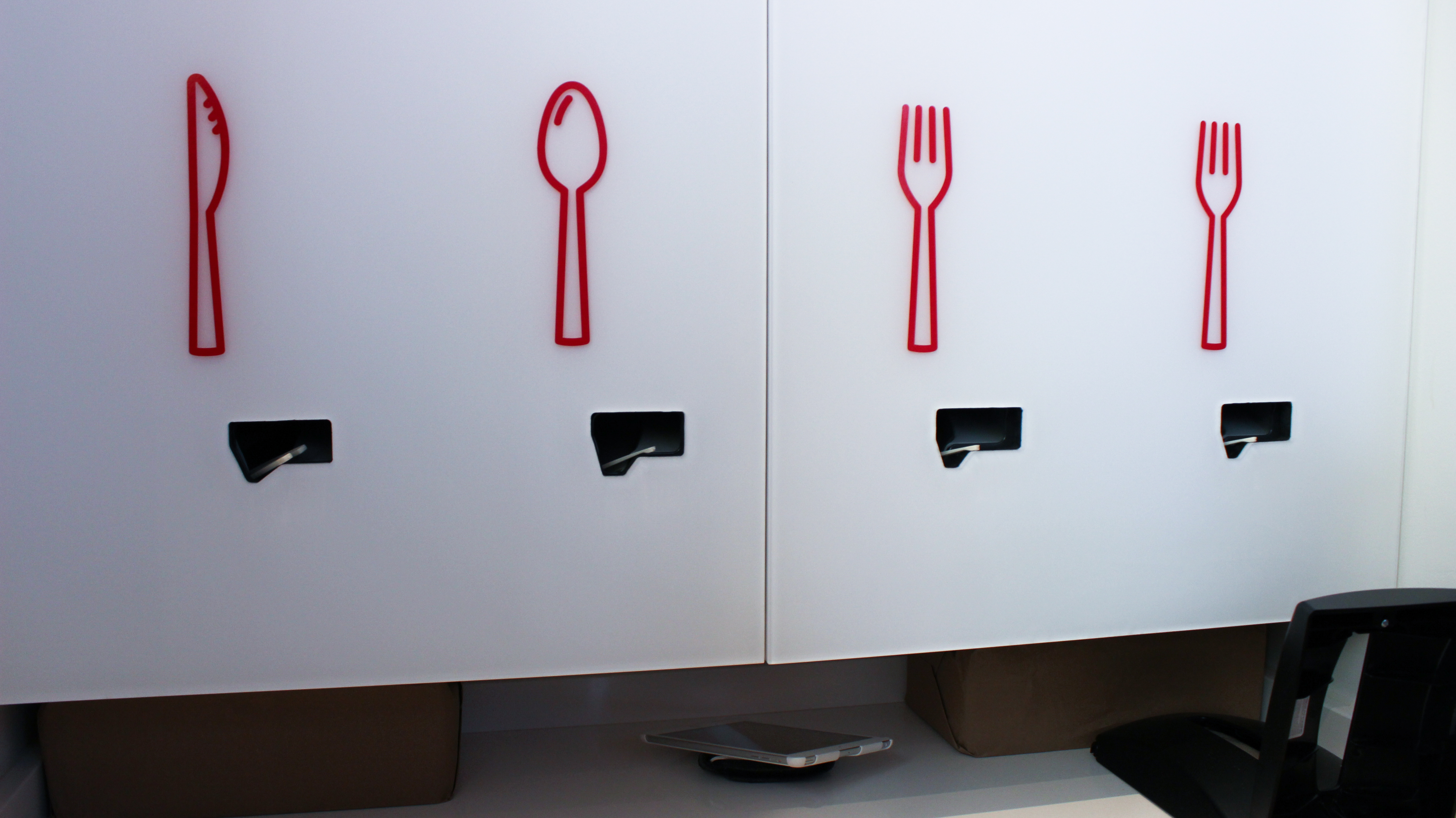
The very first thing you see when you enter the establishment is the plethora of iPads perched in a row. There aren’t many tables inside the restaurant, since a large majority of the customers usually order to-go, so the waiting area is actually bare of any decor other than the cubbies. Also, the walls to the entrance is made almost entirely of glass, so lots of natural light gets into the room — creating a warm and inviting atmosphere. The vibe is very simple as well as minimalist with its hardwood floors and open space. Generally, there’s nothing much except the iPads and the cubbies inside. There are a few sets of table and seats outside, but that’s about it.
The Food:
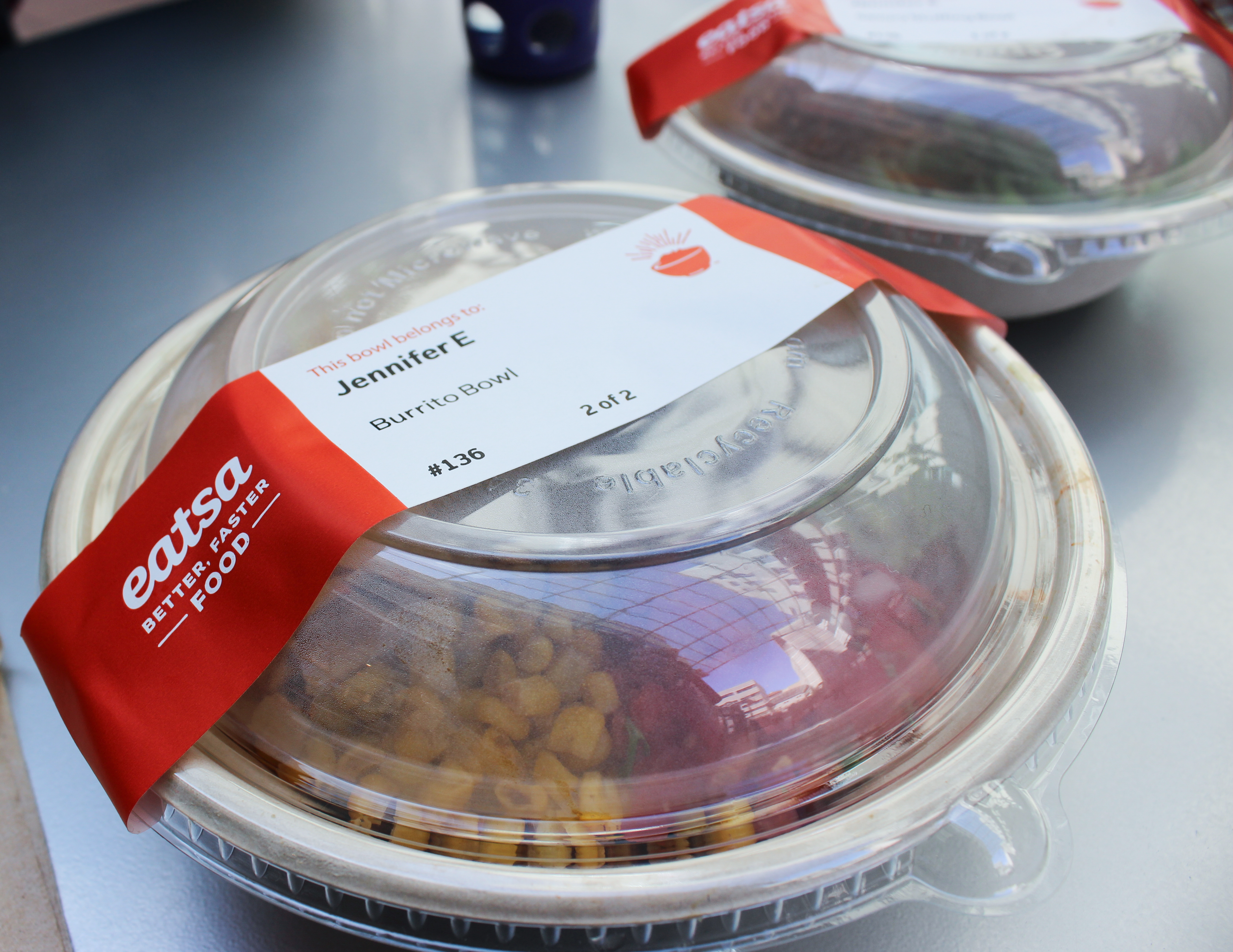
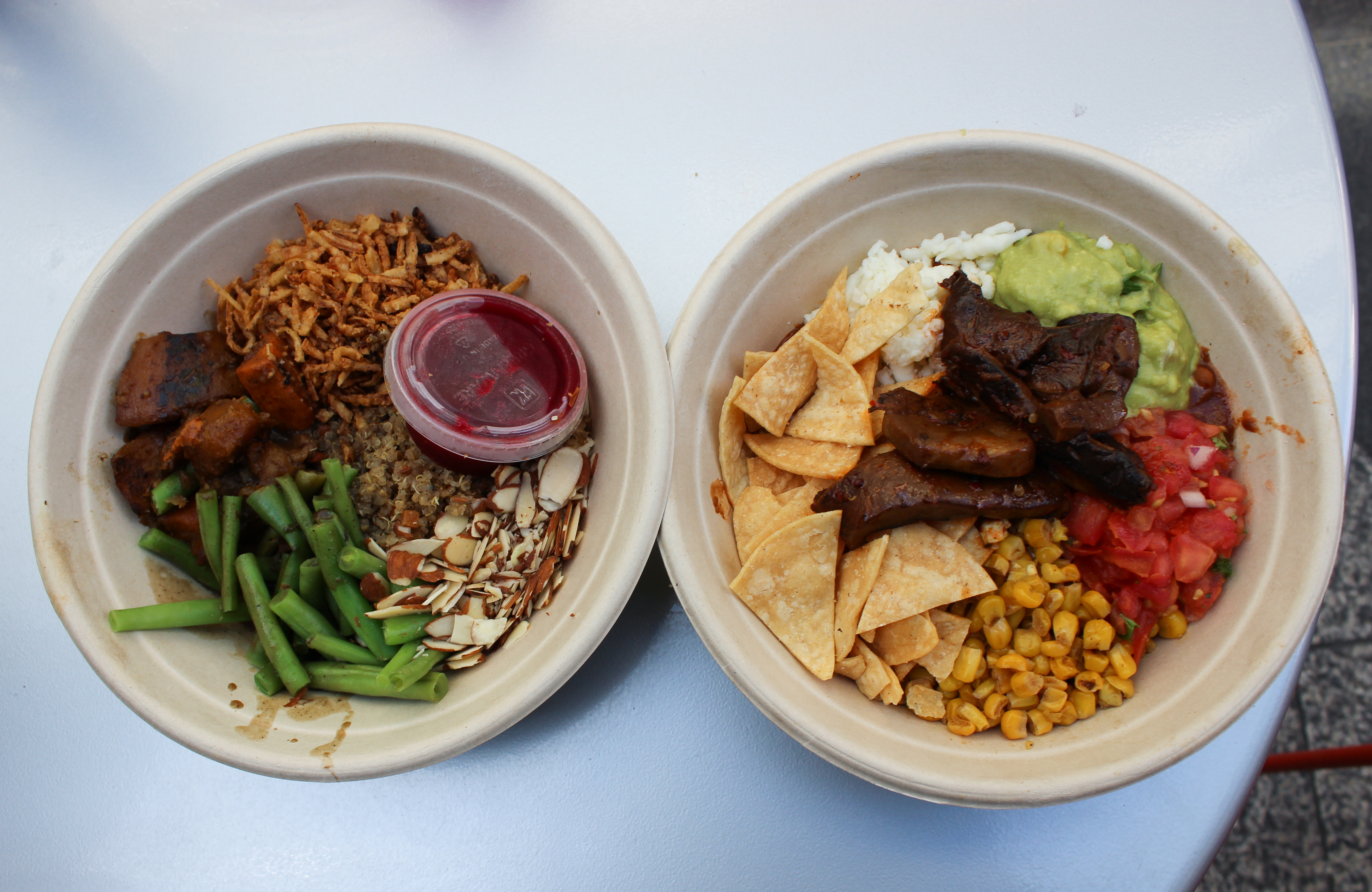
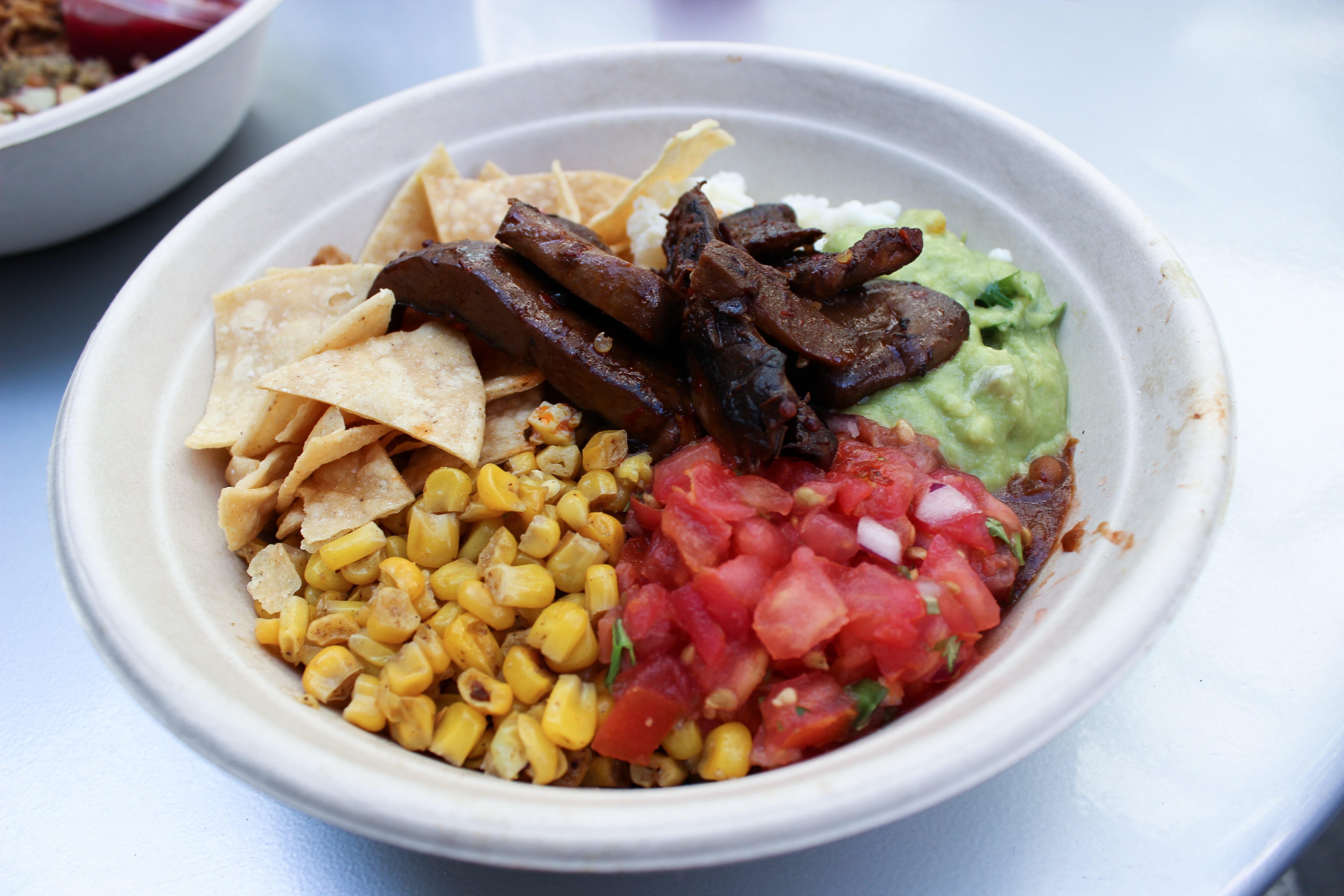
After the perusing the electronic menu of their $6.95 bowls, I decided to order the burrito bowl which contains guacamole, salsa fresca, queso Mexicano, asada portabello, grilled corn, warm lemon-herb toasted quinoa, tortilla chips, and seasoned pinto beans. I enjoyed the different textures of the bowl, especially the delightful crunch from the tortilla chips and the creaminess from the guac. Also, I’m always a sucker for fresh salsa. The overall bowl was pleasantly complementary to each ingredient despite its abundance in components. Although there wasn’t any meat in this dish, it was still extremely filling since the asada portabello was very dense while being tasty. In the battle of (wo)man vs. food, I lost only ate half of it before I got too bloated.
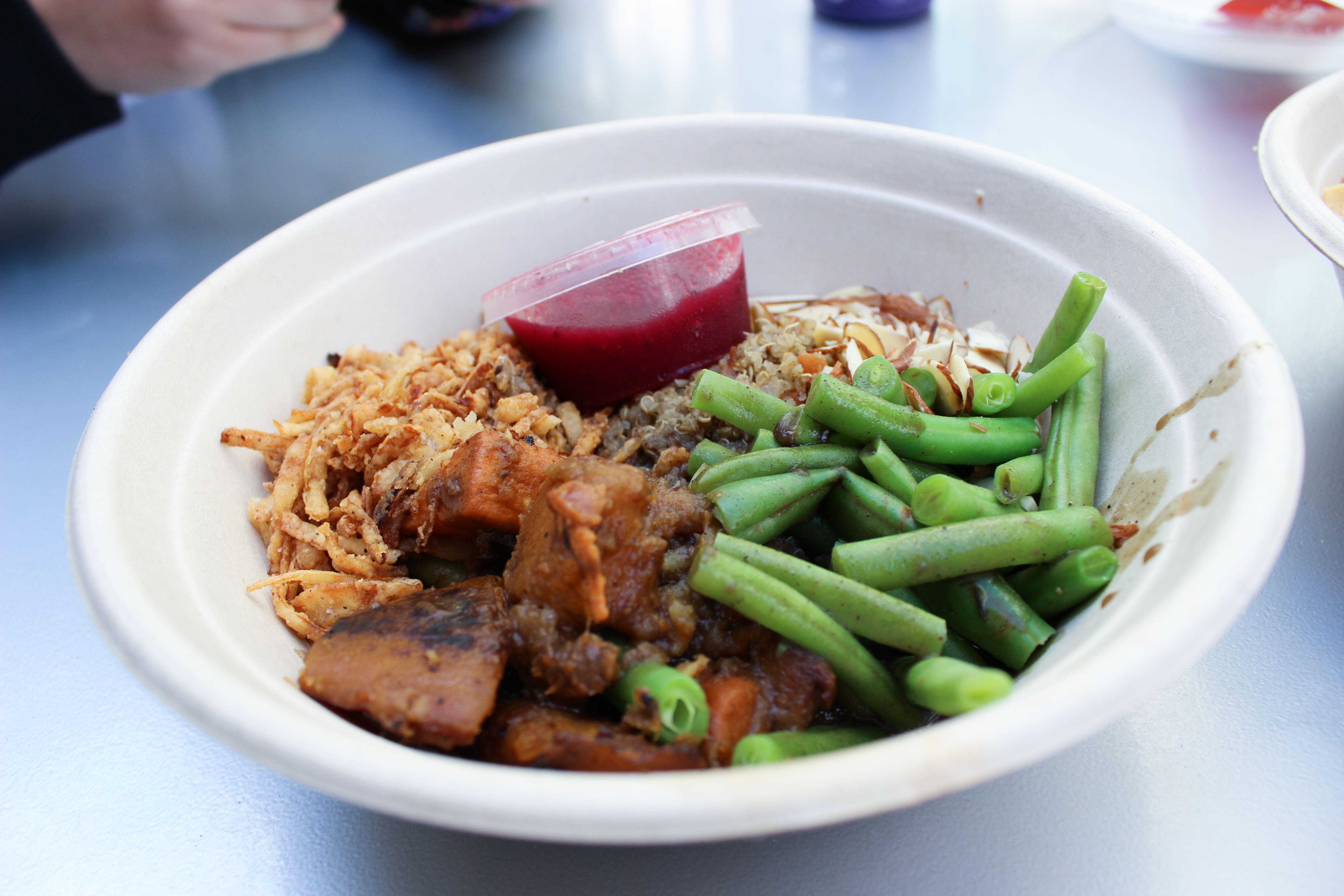
Mina, on the other hand, the Harvest bowl which the essence of a vegetarian Thanksgiving leftovers sandwich sans the bread. The bowl consisted of their signature quinoa, green beans, gravy, potatoes, almonds, fried onions, and a side of cranberry sauce. Overall, it was just alright—nothing too special. However, the ingredients were quite fresh and gave a healthy illusion despite the heavy cranberry sauce and fatty gravy. There wasn’t anything unique about cranberry sauce: much like a generic store bought ones in a can. The best part of the bowl would be the fried onions because they were delicious and added a nice, crunchy texture to the meal. Mina, whose appetite is larger than mine, was able to champion her entire bowl in the duration of me only finishing half of mine.
Final Words:
Eatsa was an overall good experience, but it doesn’t spectacular enough for me to make the trek all the way to the financial district. I would go back if I just happen to be in the area, and if I’m not tempted with Super Duper just two blocks away. Nonetheless, I was fascinated with the high-tech innovation of no human interaction food service.

